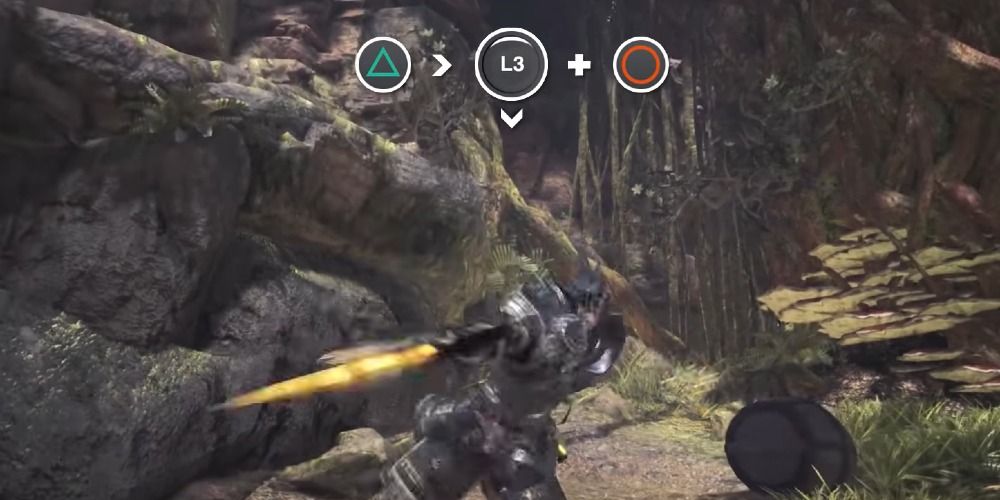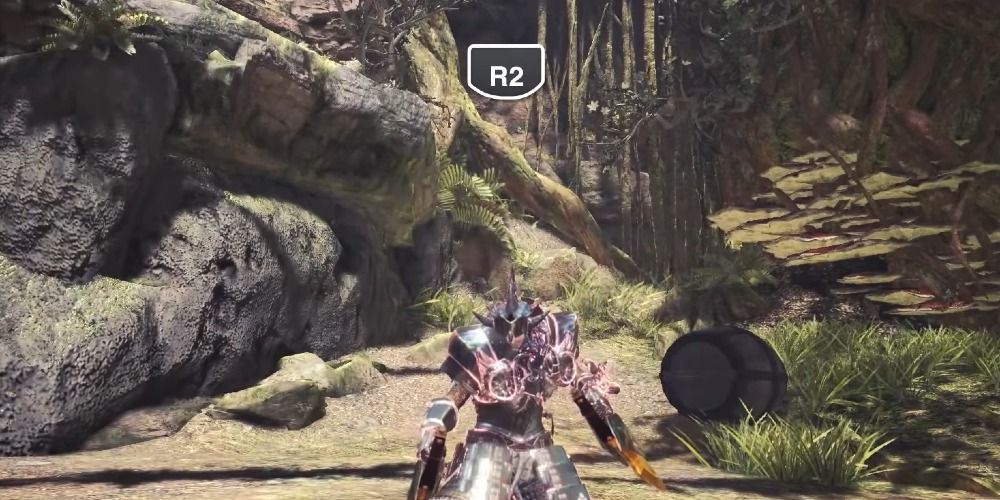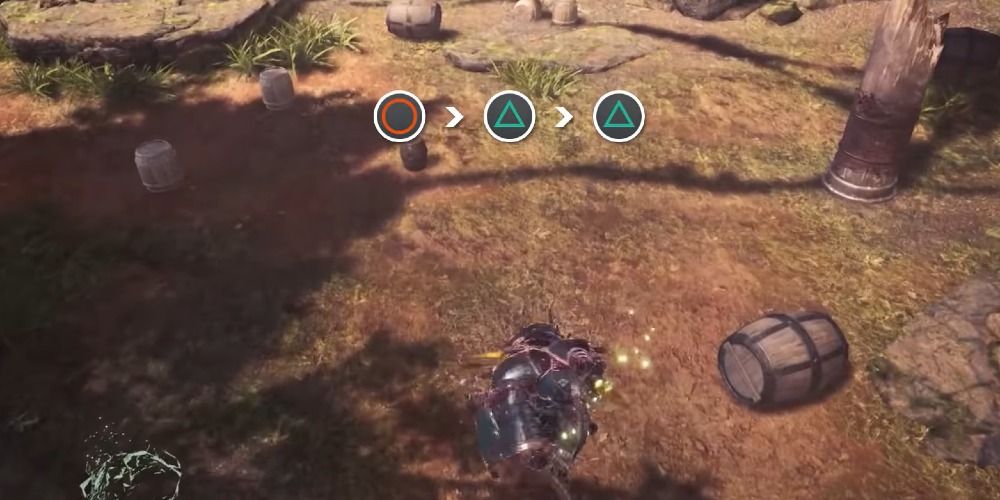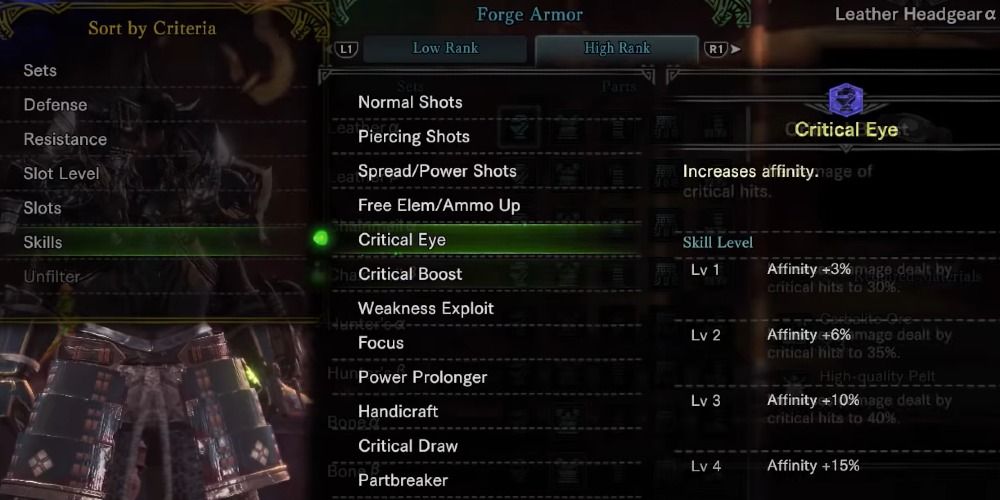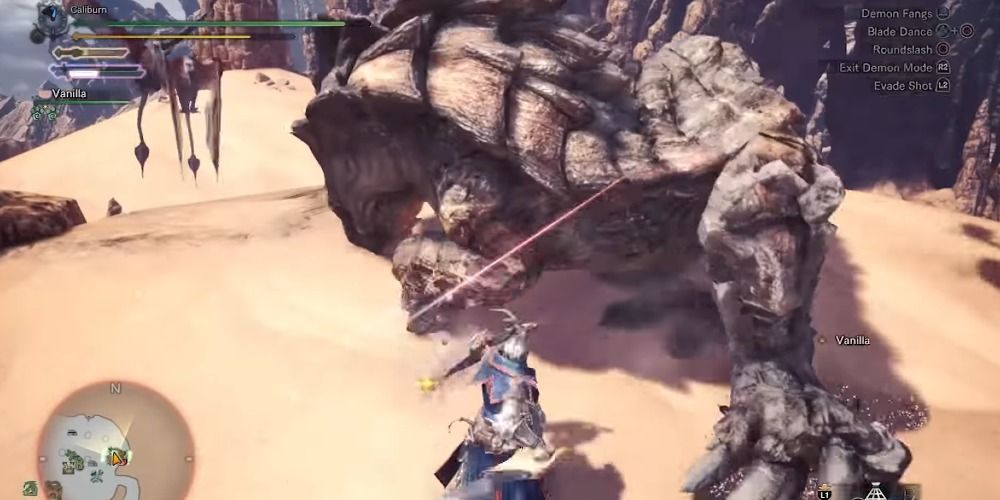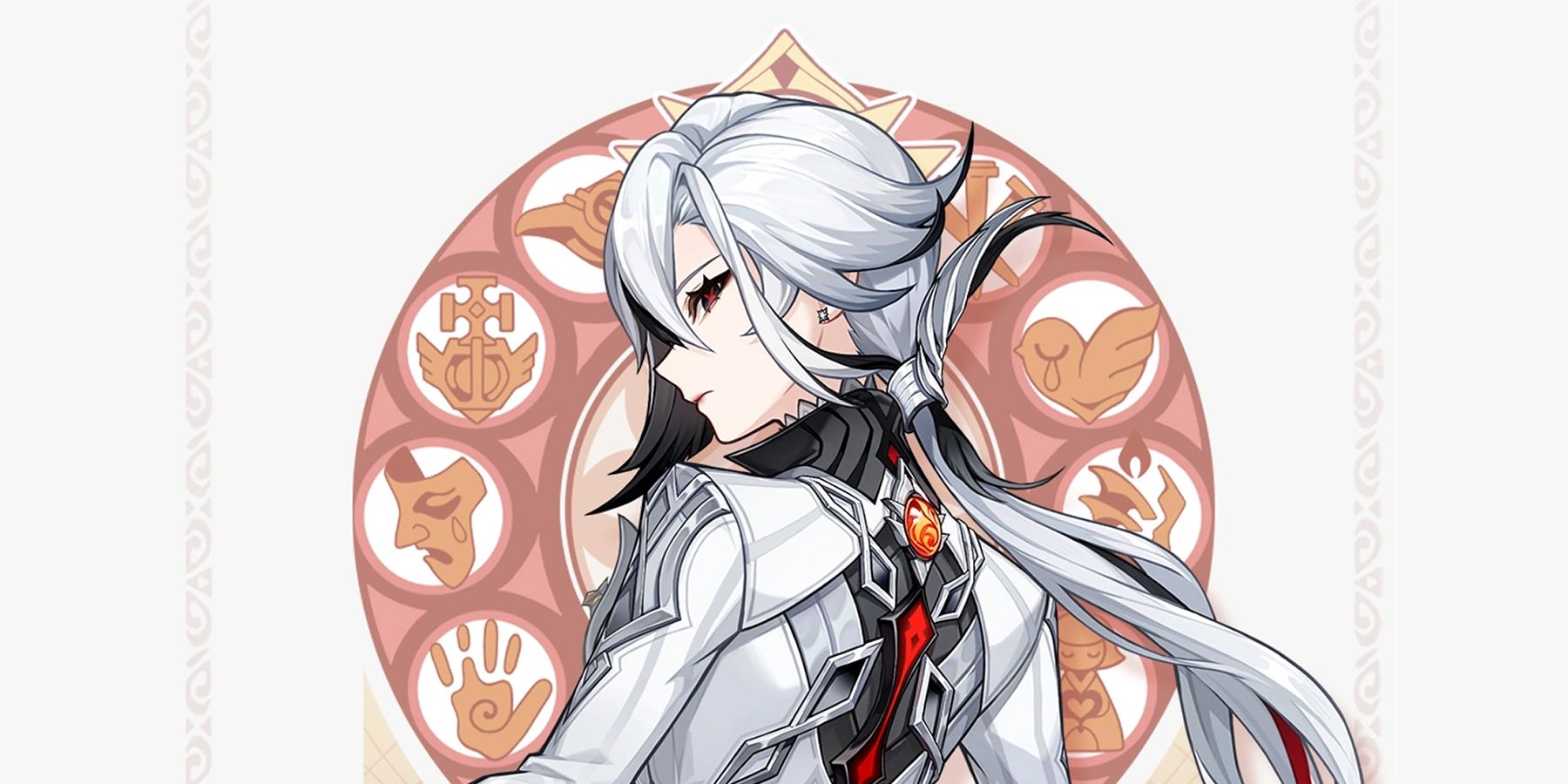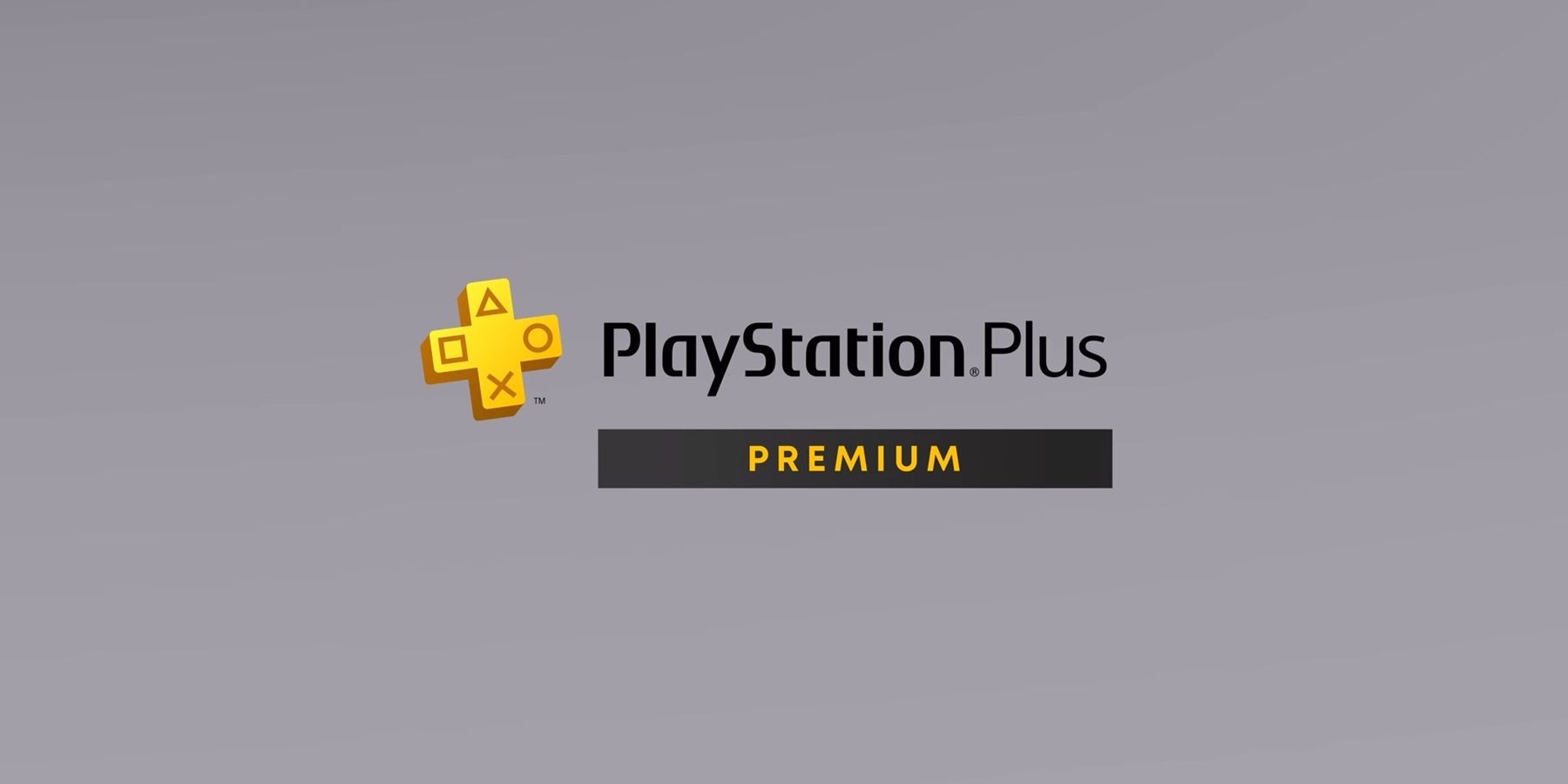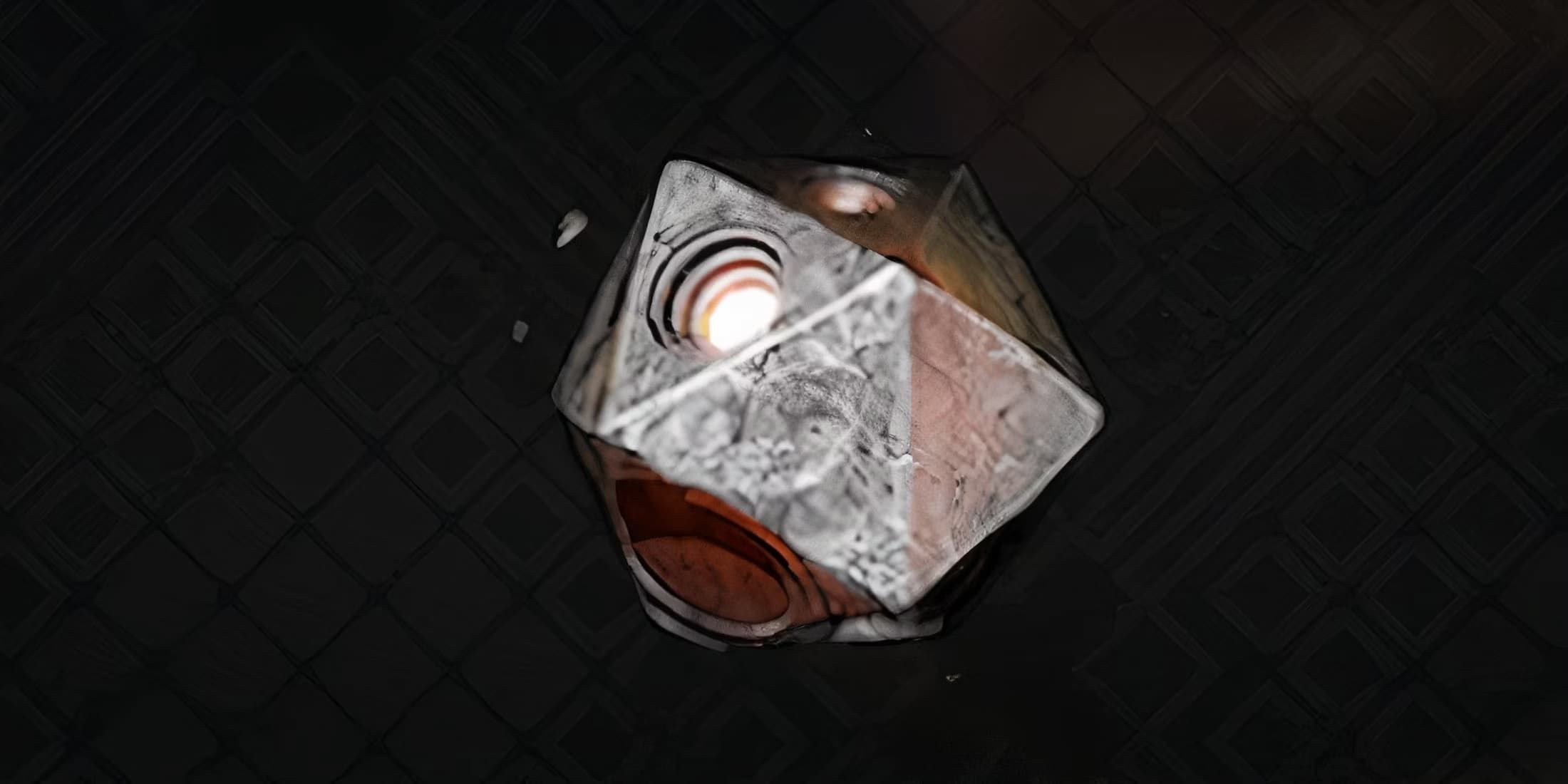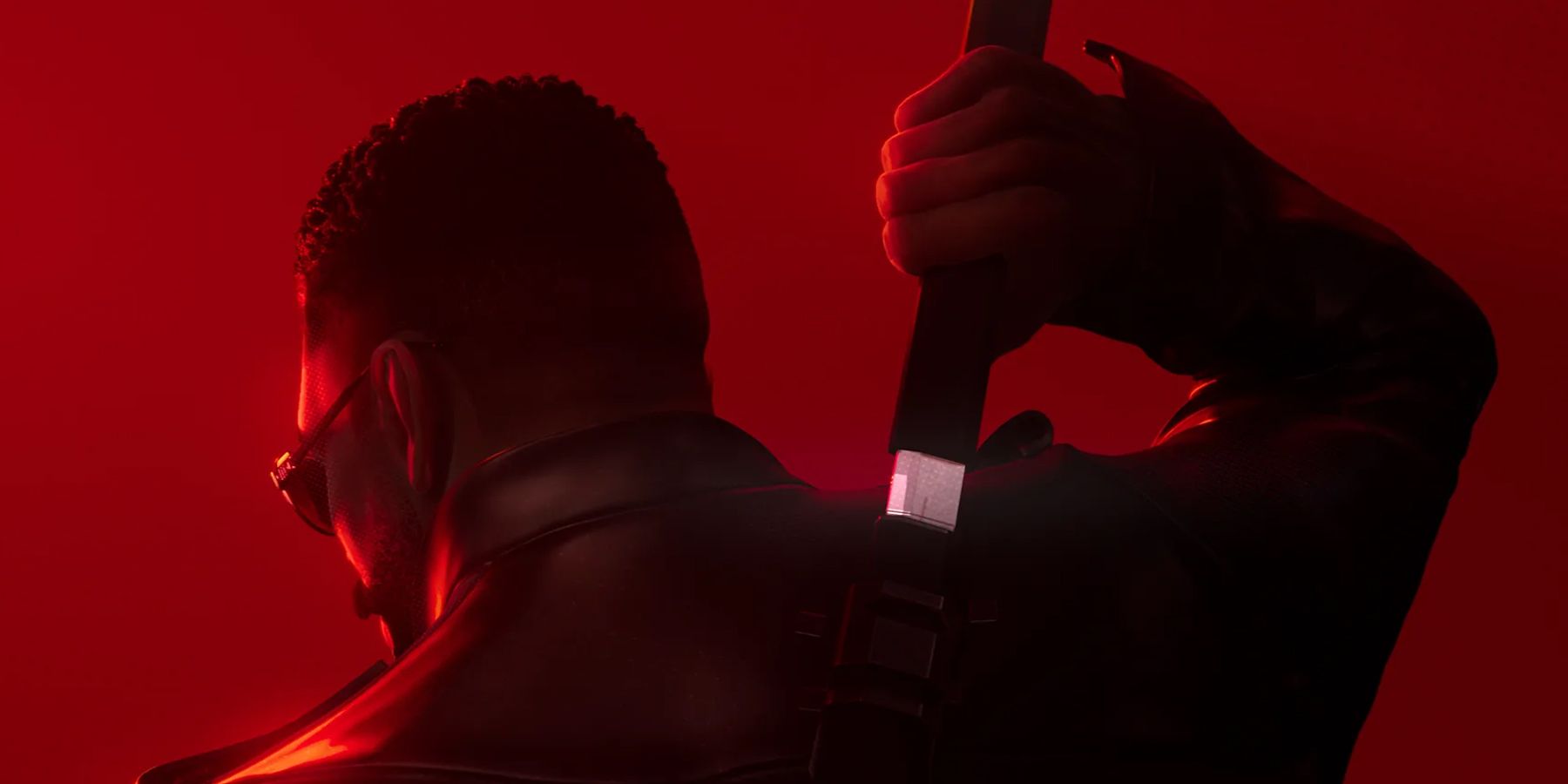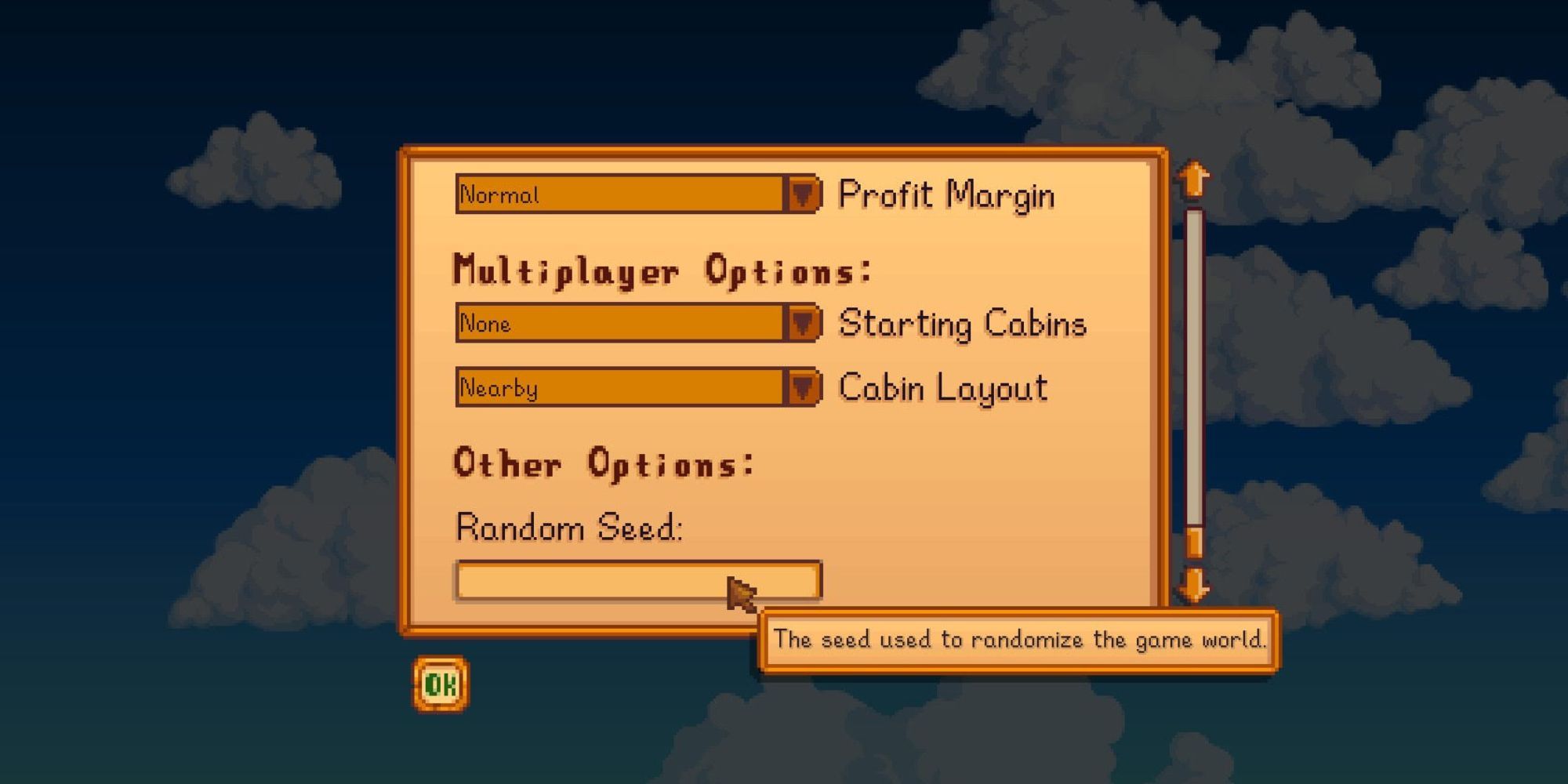The Dual Blades of Monster Hunter World have some of the flashiest moves in the game. They’re able to deal consistent damage over time due to their high attack rate and low weight which lets players run around like an anime character. On top of this, they come with a burst mode of sorts that boosts damage overall, making them a decent DPS weapon class for single-player missions.
Dual Blades are generally easier for beginners to get the hang of because they’re based on speed and not power. To get the most out of their damage per second, it’s recommended to focus on status effects and elemental weaknesses, which differ with each monster. These Monster Hunter World weapons are for players dedicated to a certain role, that want to look cool while dishing out mediocre damage.
Updated September 23rd, 2024 by Jacob Buchalter: At the time of writing this, Capcom has started releasing these weapon overview videos for all the weapons that will be appearing in Monster Hunter Wilds, Dual Blades included. And, based on the 50-ish-second video overview, it doesn’t seem like the weapons will be changing much in terms of their mechanics from Monster Hunter World to Monster Hunter Wilds. That said, with all the new players coming back to Monster Hunter World in anticipation of Wilds, it seemed like an apt time to update our overall Dual Blade guide to make sure the information was as up-to-date as possible for all the fans out there who love the idea of swinging tiny little knives while fighting gigantic monsters.
Dual Blade Core Playstyle
All Offense, No Defense
Dual Blades have always been one of the fastest-attacking, highest DPS, and relatively simple weapon options in Monster Hunter, and that’s also true in Monster Hunter World. However, to make the most use out of them, you’ll need to constantly stay close to the monster, use the weapon’s innate evasive options and movement speed to avoid hits, and expertly weave in and out of Demon Mode. But, if you can get a grip on the core gameplay loop of this weapon as well as the elemental damage they can dish out, the Dual Blades will never let you down.
Essentially, Dual Blades are one of the best weapons to pick up if you’re new to the Monster Hunter franchise due to how easy they are to learn and how little they actually ‘limit’ you while using them. In comparison to other weapons such as the Charge Blade, the Dual Blades basically don’t limit you at all. Meanwhile, the Charge Blade restricts you in a number of ways based on the current form of the Charge Blade, the number of Phials built up, and more.
Of course, these limitations are typically there to reward you for gaining mastery over a weapon and if you work well within these limitations your damage output becomes astronomically high. Meanwhile, the Dual Blades barely limit you at all, giving you complete freedom over your combos, modes, and more, but as a result, you’re basically a glass cannon and the ‘ceiling’ of mastery is a lot lower.
The general gameplay loop when you’re using Dual Blades is as follows:
- Get within range of the monster (the Dual Blades have the shortest attack range of any MHW weapon).
- Unload into the monster with general attacks and combos.
- When necessary, go into Demon Mode to deal further damage and prevent any attacks from bouncing off the monster, filling the red bar below your HP gauge.
- Either exit Demon Mode when your Stamina gets low or stay in it and allow your Stamina to empty, exiting Demon Mode and, if the red bar is full, enter Archdemon Mode.
- Utilize the modified moveset of Archdemon Mode or the Heavenly Blade Dance combo when the monster is knocked down for maximum damage output.
- Rinse and Repeat until the monster is defeated.
And that’s about how most hunts as a Dual Blade player go, with you constantly attacking the monster and swapping between your normal, Demon, and Archdemon modes as needed. If there’s one core line that describes the Dual Blade playstyle, it would be: Dual Blades are all about constantly attacking, slashing at enemies, swapping between different damage or moveset-buffing modes, and managing your Stamina Bar.
Combat & Basic Combos
What You’ll Want To Keep In Mind While Fighting With Dual Blades
Once again, the Dual Blades have the shortest attack range of any weapon in Monster Hunter World, bar none. Because of this, you’ll want to learn your vast array of combos so that you can stay at the perfect distance to keep chipping away at the monster with a flurry of slashes. Now, because Monster Hunter World is on a variety of platforms, we’ll describe the inputs as Normal Attacks (△ for PlayStation, Y for Xbox, & Left Click on PC) and Special Attack (○ for Playstation, B for Xbox, & Right Click on PC):
|
Name |
Input |
Mode Requirement |
|---|---|---|
|
Double Slash |
Normal Attack |
N/A |
|
Double Slash Return Stroke |
Normal Attack x2 |
N/A |
|
Circle Slash |
Normal Attack x3 |
N/A |
|
Lunging Strike |
Special Attack |
N/A |
|
Left Roundslash |
Special Attack after Lunging Strike |
N/A |
|
Jumping Double Slash |
Normal Attack in mid-air |
N/A |
|
Demon Fangs |
Normal Attack |
Demon Mode |
|
Twofold Demon Slash |
Normal Attack x2 |
Demon Mode |
|
Fade Slash |
Left or Right + Normal Attack after Twofold Demon Slash |
Demon Mode |
|
Rising Slash |
Normal Attack after Fade Slash |
Demon Mode |
|
Flurry Rush |
Special Attack |
Demon Mode/Archdemon Mode |
|
Right Roundlsash |
Special Attack x2 |
Demon Mode/Archdemon Mode |
|
Right Double Roundslash |
Special Attack x3 |
Demon Mode/Archdemon Mode |
|
Blade Dance |
Special Attack + Normal Attack |
Demon Mode/Archdemon Mode |
There are other attacks and combinations that you can do after jumping off a wall, mid-slide, or after using a Clutch Claw with the Dual Blades in MHW, but these are all the core attacks you’ll be utilizing the most. It’s worth mentioning as well that almost any Normal Attack naturally chains into a Special Attack and vice versa, making the weapons feel very natural to use overall. Once you get the hang of all this, you’ll notice that there’s rarely ever a time you’re not attacking while using the Dual Blades during a hunt.
Demon Mode
The Dual Blade’s Main ‘Gimmick’
Demon Mode is the primary extra ‘gimmick’ of the Dual Blades, similar to the song mechanic of the Hunting Horn, the Amped State of the Switch Axe, or the Amped Elemental Discharge of the Charge Blade. When in Demon Mode, you’ll deal more damage and move faster, but in exchange your Stamina Bar will constantly deplete at a constant rate regardless of whether you’re attacking or not. Additionally, while in Demon Mode, you gain access to new moves that aren’t available in your default state.
And, while attacking in Demon Mode, you’ll fill the sword-shaped gauge underneath your HP Gauge which, when activated, puts you in Archedemon Mode. While Demon Mode is an alternative and more powerful new mode, Archdemon Mode is essentially a stronger default mode, as it gives a minor attack buff and gives you access to some other new unique moves. Instead of using the Stamina Meter in Archdemon Mode, attacks will deplete the same meter that filled this mode, and when it depletes you’ll go right back into the Dual Blades default mode.
Aerial Combat & Combos
Midair Spinning Blade Dance is the Peak of Dual Blade Gameplay
Aerial Combat is actually pretty important with Dual Blades, especially after you’ve become comfortable enough with the ground combat. This is because the Dual Blades have a lot of aerial options such as their Midair Spinning Blade Dance, their Sliding Slash, and more.
In fact, if you manage to land the Midair Spinning Blade Dance directly on a monster’s tail or head, you can actually trigger a unique attack animation where you go full Attack on Titan and spin down the entirety of the monster’s back using your blades like you’re Levi Ackerman.
Skills
The Most Synergistic Skills for a Dual Blade User
As far as which Skills tend to work best when using Dual Blades, all the standard Attack-centric options are pretty worthwhile such as:
- Attack Boost
- Critical Eye
- Critical Element
- Critical Boost
- Weakness Exploit
However, these aren’t the only Skills worth getting on Dual Blade, with some of the other fantastic options being:
- Marathon Runner
- Constitution
- Razor Sharpness
- Protective Polish
- Speed Sharpening
- Evade Window
- Handicraft
All in all what defines the overall ‘best skills’ for you as a Dual Blade user varies from person to person. But, for the most part, you’ll want to utilize most attack-focused Skills and then slot some of these extra Skills like Marathon Runner or Handicraft into any extra areas you can. That said, with the way elemental damage works, it’s sort of hard to justify picking a quality-of-life Skills over an attack-focused one, but at worst you’ll lose a noticeable chunk of damage in exchange for ease of use.
Weapons
What Types of Dual Blades Should You Craft?
There are some Monster Hunter World weapons types that simply craft big upgrades whenever they appear and then they’ll use this newly crafted weapon for any and all monsters. However, other weapons, such as the Dual Blades, heavily rely on exploiting elemental weaknesses on monsters and as such will typically want to craft multiple different elemental damage type Dual Blades to switch between depending on what they’re going up against.
But, for those who don’t like the idea of that, Thunder and Water elemental damage seems to cover the widest range of monsters, so if you rely on one of each of these for both Low and High Class hunts you’ll likely get by just fine.
Additionally, Dual Blades tend to have some of the lowest overall sharpness compared to most of the other weapon types, but that doesn’t mean that a weapon’s sharpness doesn’t matter. In fact, depending on the weapon you’re using the and maximum amount of sharpness it starts with, Skills like Handicraft are either entirely pointless or entirely mandatory to have equipped.

/cdn.vox-cdn.com/uploads/chorus_asset/file/25749878/spectra_smartwatch1.jpg)

